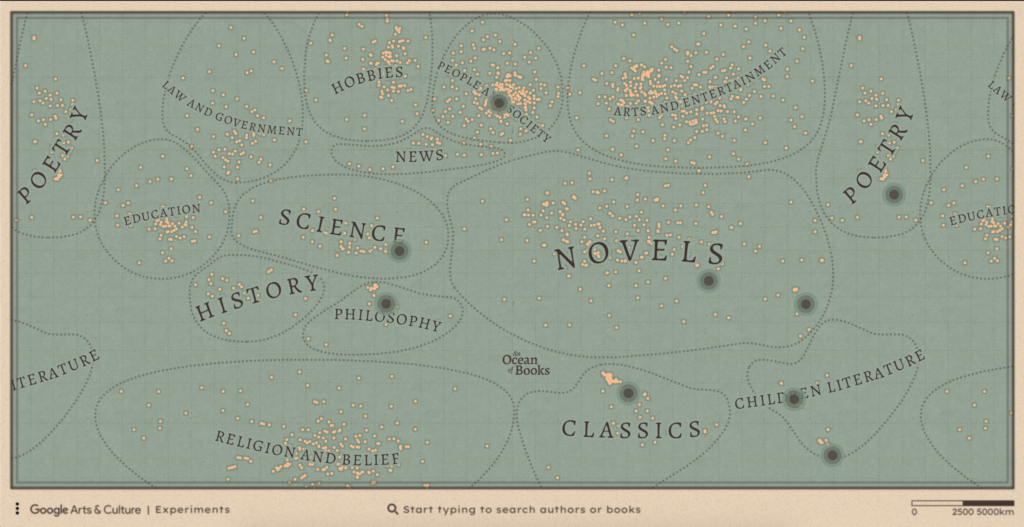I know the title of this post sounds like absolute corporate hokum, but I tried tweeting these thoughts ages ago and then realized it was really more of a discussion for long-form writing and so I started a Patreon post and then forgot about it and now it’s many, many months later and I’m blogging again so here I am putting it in a blog post.
Last summer Wendell and I ended up talking about “service-agnostic environments” for online community-building, and the question of generating adjacent, overlapping communities centered around particular groups of creators.
The whole practice of being an Online Creator (i.e. A Charming, Hyper-Available, Vulnerable Internet Personality, or CHAV-IP, as I have just decided to call it) feels centered around siphoning people into these isolated social buckets where you can make demands on their time and attention and finances. But this doesn’t make for a sustainable and interconnected ecosystem. An audience member can only be a part of so many tiny silos before it becomes overwhelming.
For example: there are a lot of people who probably follow both my work and Shing’s work, but each of us also have readers uniquely drawn to our particular brand of BS (boat stuff and Bunyan statues, probably). We have both built followings on public social platforms and in more private, paid spaces like Patreon and Discord.
What would it look like to have a combined location where our overlapping readers could talk to each other?
My general obsession recently (and I know I’m not alone in this) has been more about getting audience members to connect with one another rather than singularly with me. I want people who enjoy my work to see themselves as part of an ecosystem—to cross-pollinate and experiment and build and play.
I brushed up against this when Shing invited me to begin playing in the Mercantile Gnome Universe (MGU?) they’ve built over the past handful of years. I became a representative of the Boat Gnome and started offering to trade pins with people through the mail. The game revealed a lot of crossover between our audiences, but it also encouraged more of my people to learn about Shing and vice versa. If I had been supporting a creator who did something similar, I think I would’ve found the experience exciting. It feels more like a treasure hunt and less like product placement. An invitation written in code, delivered with a wink and a tip of the hat.
It makes me think of Robin’s Republic of Newsletters—a section of his newsletter that used to keep up with other interesting and adjacent written projects as if they were physical outposts in a shared landscape. It’s webrings and blogrolls, cross-links and quotations. Everyone loves to feel the thrill of discovery, but it’s sweeter when the core of that experience is someone you trust taking your hand and saying “Wow, look.”
What is the landscape of affinity for my work? Who are the creators I find myself sharing fans with? Which subjects do we mutually gravitate towards? Where are we different? How is a creative community like a map?
I have very few answers and a lot of questions.

